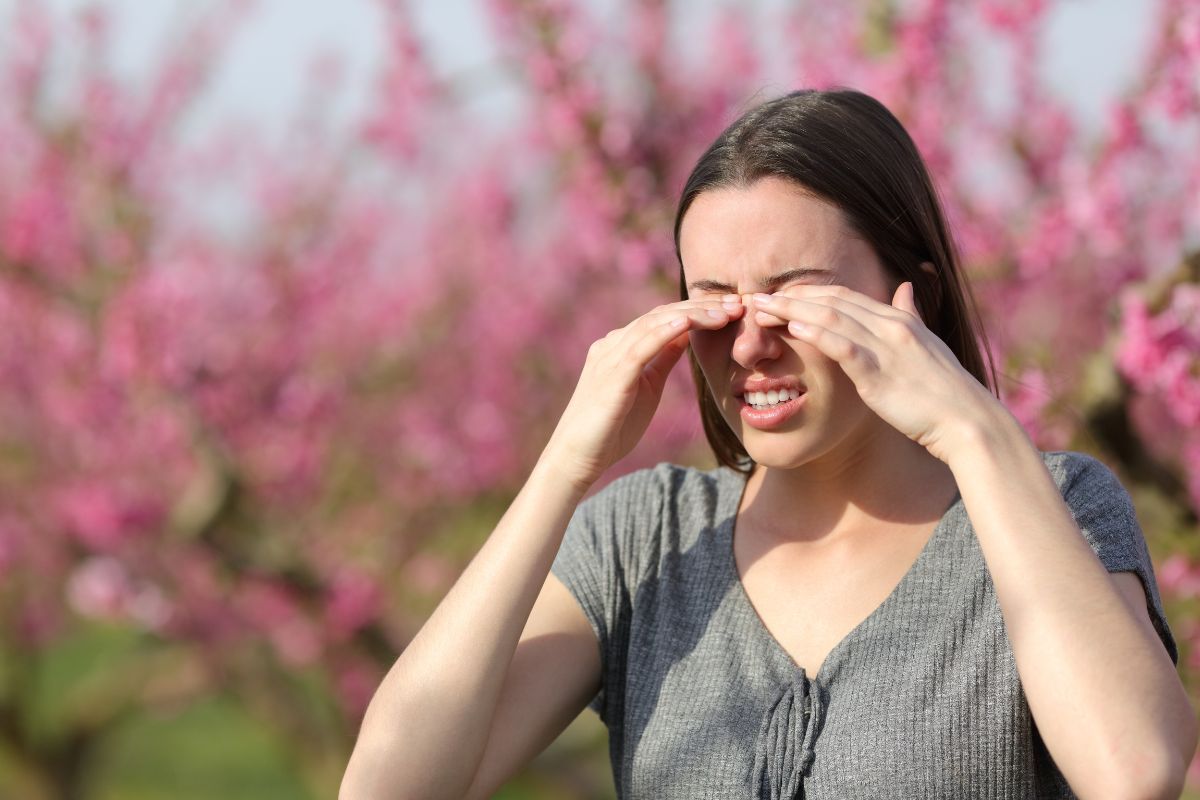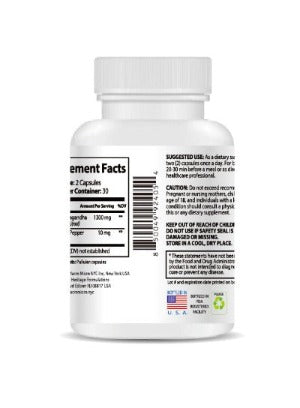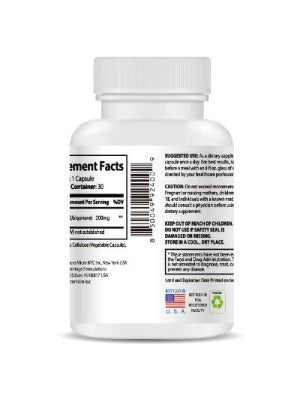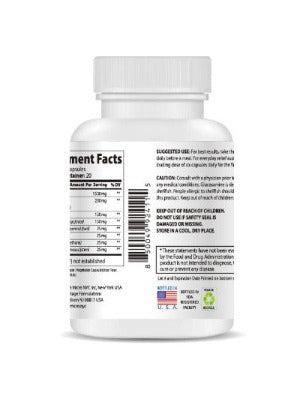How to Identify Dry Eye Symptoms and Find Relief: A Comprehensive Guide for 2025
In 2025, the digital age continues its relentless march, and with it, the prevalence of dry eye syndrome (DES) shows no signs of slowing. Spending hours glued to screens, whether for work, leisure, or social connection, significantly impacts our ocular health. Understanding the nuances of dry eye, its symptoms, causes, and effective management strategies is paramount for maintaining clear, comfortable vision. This comprehensive guide will equip you with the knowledge to identify, treat, and prevent dry eye, focusing on both traditional methods and innovative solutions available in 2025.
Understanding Dry Eye Symptoms: A Detailed Look
Dry eye syndrome is not simply about the sensation of dryness. It's a complex condition involving the tear film—the intricate, lubricating layer protecting the ocular surface. When this delicate balance is disrupted, either through reduced tear production or accelerated evaporation, discomfort and various symptoms manifest. The severity of these symptoms can range from mildly annoying to significantly debilitating, impacting vision and daily life.
Common Dry Eye Symptoms: Recognizing the Warning Signs
- Burning and Stinging: A persistent burning or stinging sensation in the eyes is a classic indicator of DES.
- Itching and Irritation: Intense itching, scratchiness, or a general feeling of eye irritation are frequent complaints.
- Gritty Sensation: Many individuals describe a persistent sensation of something foreign, like sand or grit, in their eyes.
- Redness and Bloodshot Eyes: Inflammation of the ocular surface frequently causes redness and bloodshot appearance.
- Watery Eyes (Paradoxical): Counterintuitively, dry eyes can sometimes lead to excessive tearing as a compensatory mechanism.
- Blurred Vision: A compromised tear film interferes with light refraction, resulting in blurred or fluctuating vision.
- Light Sensitivity (Photophobia): The eyes may become unusually sensitive to light, causing discomfort in bright environments.
- Eye Fatigue and Strain: Prolonged screen time significantly exacerbates dry eye, leading to intense eye fatigue and strain.
- Stringy Mucus: In severe cases, the eyes may produce stringy mucus, indicative of significant tear film disruption.
- Contact Lens Intolerance: Dry eyes often make wearing contact lenses uncomfortable or even impossible.
- Eyelid Inflammation (Blepharitis): Inflammation of the eyelids frequently accompanies dry eye, further compounding the discomfort.
Severity and Fluctuation: The intensity of dry eye symptoms can vary considerably, fluctuating throughout the day or even from day to day. Factors like environmental conditions, medication use, and screen time all influence symptom severity. Consistent experience of multiple symptoms warrants a visit to an ophthalmologist for proper diagnosis and treatment.
Causes of Dry Eye: Unraveling the Complex Etiology
Dry eye syndrome is often multifactorial, meaning it's not always attributable to a single cause. Several factors can contribute to the development and persistence of DES. Understanding these factors is key to effective management.
- Age-Related Changes: As we age, the tear glands naturally produce less lubrication, increasing the likelihood of dry eye.
- Environmental Factors: Dry climates, wind, and air conditioning significantly contribute to tear film instability.
- Lifestyle Choices: Prolonged screen time, inadequate fluid intake, insufficient sleep, and poor diet all negatively impact ocular health.
- Medications: Certain medications, such as antihistamines, diuretics, and some antidepressants, are known to reduce tear production.
- Medical Conditions: Several underlying medical conditions, including rheumatoid arthritis, lupus, and Sjogren's syndrome, are linked to DES.
- Hormonal Fluctuations: Changes in hormone levels during pregnancy and menopause can also affect tear production.
- Blepharitis: Inflammation of the eyelids is commonly associated with dry eye, creating a vicious cycle of irritation and tear film disruption.
- Vitamin A Deficiency: In some cases, a deficiency in Vitamin A can impair the production of healthy tear film components.
Finding Relief: Managing Dry Eye Symptoms in 2025
Managing dry eye effectively often requires a holistic approach that addresses both the symptoms and the underlying causes. While over-the-counter artificial tears offer temporary relief, they often mask the underlying issues. Lifestyle adjustments, coupled with targeted therapies and, in some cases, prescription medications, are crucial for long-term management.
Lifestyle Modifications: A Foundation for Success
- Hydration: Adequate hydration is fundamental. Drink plenty of water throughout the day to maintain sufficient tear production.
- Screen Time Management: Implement the 20-20-20 rule: Every 20 minutes, look at an object 20 feet away for 20 seconds.
- Environmental Control: Use a humidifier to increase ambient humidity, especially during dry seasons or in air-conditioned environments.
- Omega-3 Fatty Acids: Incorporate foods rich in omega-3 fatty acids, like fatty fish and flaxseeds, into your diet.
- Sleep Hygiene: Prioritize quality sleep; adequate rest is crucial for overall health and eye health.
- Avoid Smoke and Irritants: Exposure to smoke, dust, and other airborne irritants should be minimized.
- Warm Compresses: Applying warm compresses to your eyelids can help alleviate blepharitis and improve tear film quality.
Therapeutic Options: Enhancing Your Dry Eye Management
For targeted relief, consider incorporating Wise Quest Soothing Eye Patches into your daily routine. These innovative patches harness the power of traditional Chinese herbal medicine to soothe and revitalize tired, dry eyes. They gently address eye fatigue, dryness, redness, and swelling. The unique formulation promotes healthy blood circulation, helping alleviate discomfort and promote healing. The Wise Quest Soothing Eye Patches are designed for convenient, at-home use, providing a relaxing and therapeutic experience.

When Professional Help is Necessary
If lifestyle changes and over-the-counter remedies fail to provide adequate relief, or if your symptoms worsen, seek professional help. An ophthalmologist can perform a comprehensive examination, diagnose the underlying cause of your dry eye, and recommend appropriate treatment. This may include prescription eye drops, punctal plugs (small devices inserted into the tear ducts to reduce tear drainage), or other therapies. In some cases, specialized treatments, such as intense pulsed light (IPL) therapy, may be considered.
Preventing Dry Eye: Proactive Steps for Long-Term Eye Health
Prevention is key to maintaining optimal ocular health. By incorporating proactive strategies into your lifestyle, you can significantly reduce your risk of developing dry eye or mitigate its severity.
- Regular Eye Exams: Undergo regular comprehensive eye examinations to detect and address potential issues early on.
- Protective Eyewear: Wear protective eyewear outdoors to shield your eyes from wind, dust, and UV radiation.
- Avoid Excessive Eye Rubbing: Resist the urge to rub your eyes, as this can worsen irritation and inflammation.
- Smoking Cessation: Smoking significantly increases the risk of dry eye and various other eye problems.
- Managing Underlying Conditions: Addressing and managing underlying medical conditions associated with dry eye is crucial.
- Workplace Ergonomics: Optimize your workstation setup to minimize eye strain and promote proper posture.
- Nutrition: Maintain a healthy diet rich in antioxidants and nutrients supportive of eye health.
By integrating lifestyle adjustments, effective therapies such as Wise Quest Soothing Eye Patches, and proactive preventative measures, you can effectively manage dry eye symptoms, protect your precious vision, and enhance your overall well-being in 2025 and beyond.









